Lesson 1: Rapid floods threaten production areas
With no high floods for more than 10 years, many farmers in the Dong Thap Muoi region “broke the fence” to plant the Autumn-Winter rice crop, even sowing outside the dike area. When the floodwaters rose rapidly in 2025, people were unable to react in time, leading to heavy losses.
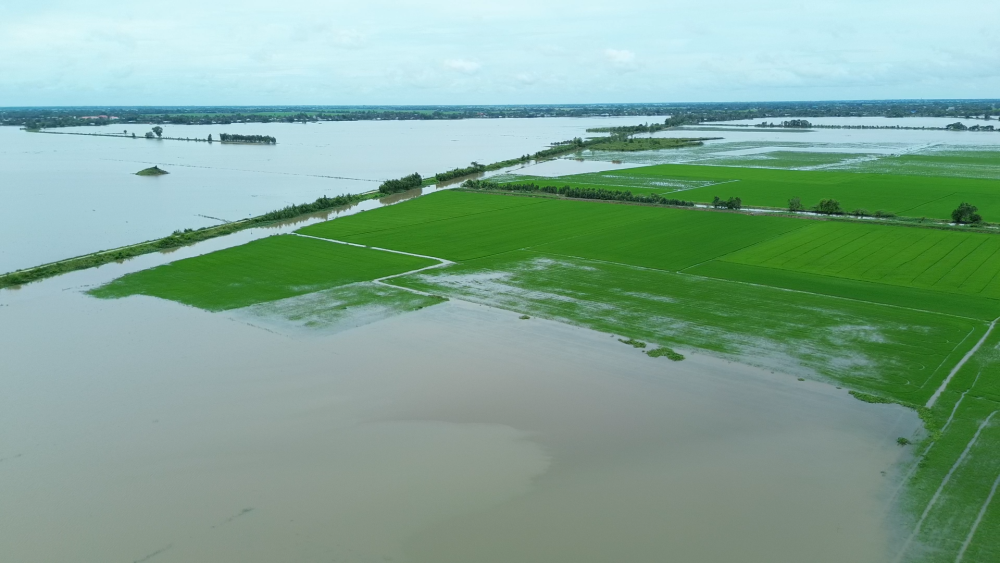
Many areas of autumn-winter rice crop were deeply flooded due to rapidly rising floodwaters.
"Breaking the fence" to plant the autumn-winter rice crop
In Khanh Hung commune, following the direction of the Department of Agriculture and Environment, the People's Committee of the commune issued many documents instructing farmers to harvest the Summer-Autumn crop early, and at the same time recommended not to sow the Autumn-Winter crop to avoid risks due to floods and high tides. However, due to many years of low flood levels, many households still spontaneously sowed more than 1,260 hectares of Autumn-Winter rice. By October 20, 2025, the whole commune had harvested 871 hectares, the remaining about 390 hectares were in the ripening stage, expected to be harvested in the next 10-20 days.
Mr. Nguyen Thanh Khoang - Deputy Head of the Economic Department of Khanh Hung Commune, said: "Many dikes have low elevations, only enough to protect the Summer-Autumn crop, not meeting the requirements of preventing major floods. Currently, there are only about 6,000 hectares of rice in the safe dike area, the rest of the people have to pump to prevent flooding, and temporarily reinforce when the water rises. The commune is proposing that the province invest in upgrading and completing the dike system to protect production and stabilize the livelihoods of farmers in low-lying areas."
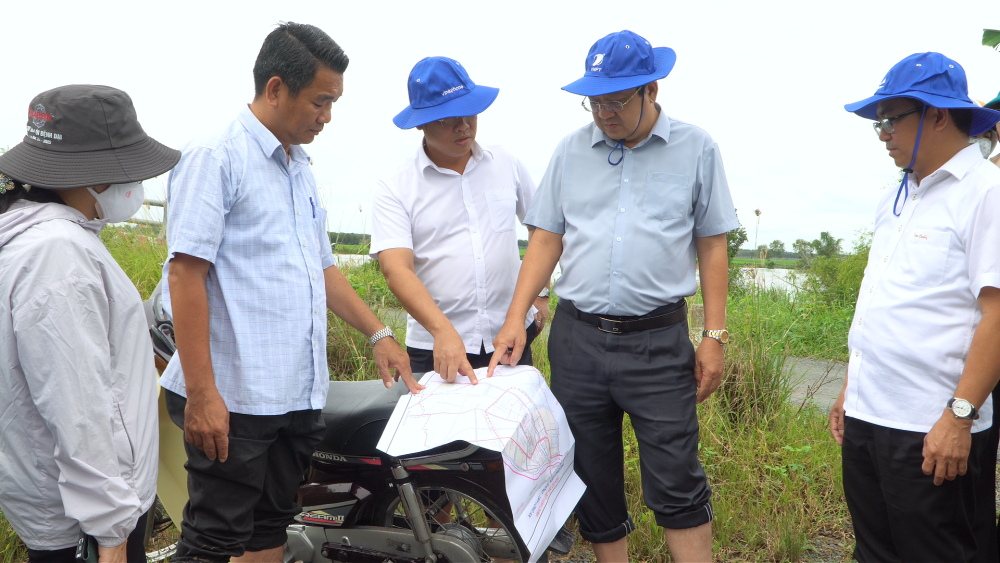
Member of the Provincial Party Standing Committee, Vice Chairman of the Provincial People's Committee Nguyen Minh Lam (second from right) inspected flood prevention and control work in Kien Tuong ward.
In Roc Do hamlet, about 150 hectares of ripe rice were flooded due to heavy rains combined with floodwaters from upstream. People had to mobilize dozens of pumps to operate day and night to save the rice, increasing production costs.
In Tuyen Binh commune, although the government does not encourage autumn-winter crop production, farmers still sow nearly 4,000 hectares. In the past few days, floodwaters have risen rapidly, threatening hundreds of hectares of rice. Nearly 2,300 hectares of autumn-winter rice in Hung Dien commune, of which 1,500 hectares are in the flowering and ripening stages, have also been severely affected by floodwaters.
According to the Department of Agriculture and Environment, in the 2025 Autumn-Winter crop, farmers in the Dong Thap Muoi region sowed more than 74,200 hectares of rice, harvested nearly 28,700 hectares, and the remaining 45,600 hectares were flowering, tillering, or ripening. Initial statistics show that the whole province has more than 633 hectares of rice, fruit trees, and vegetables damaged, of which more than 500 hectares of rice were completely lost, mainly in low-lying areas.
Adhere to the seasonal schedule, minimize damage
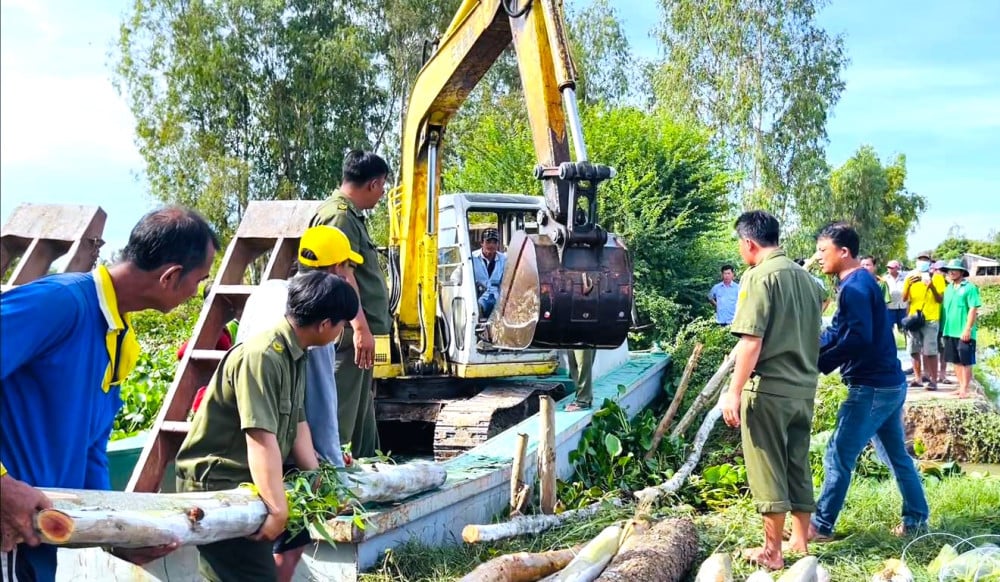
Authorities and people of Vinh Thanh commune are making efforts to reinforce the broken dike section (Photo provided by local authorities)
The Dong Thap Muoi region is considered the low-lying area of the province. After each summer-autumn crop, people often maintain the practice of "flood soaking" to help improve the soil, wash away alum, destroy pathogens, deposit alluvium, help loosen the soil, and increase soil fertility. It can be said that "welcoming the flood, collecting alluvium" used to be part of the long-standing farming lifestyle of residents in the flood-affected areas.
But in the context of increasingly extreme climate change, erratic weather, and unstable upstream Mekong River flows, people have paid a heavy price for their complacency and planting against the recommendations. The entire political system has had to get involved, working day and night to build dikes, pump water, and reinforce embankments to save thousands of hectares of rice from the risk of flooding.
In recent years, the hydrometeorological monitoring and warning system has been invested in, forecasting more accurately the water level, time and development of floods. From there, the agricultural sector and local authorities can inform early, warn people in time, creating a basis for adjusting the crop calendar appropriately, harvesting within the "safe range".
According to experts, to adapt effectively, people need to shift from “production according to habit” to “production according to forecasts and technical recommendations”. The government needs to continue to promote its role in propaganda, technical guidance, building models of “flood-safe fields”, supporting people in reinforcing dykes, canals, ditches, and preparing pumps to drain water before the rainy season./.
Adhering to the crop calendar, combining the application of forecasting technology and irrigation measures not only helps protect production but also contributes to restoring and maintaining the traditional practice of "flooding" - a farming method in harmony with nature, intelligently adapting in the era of climate change. |
(to be continued)
Thanh Tung
Lesson 2: "BENDING" DYKE TO PREVENT FLOODS
Source: https://baolongan.vn/cang-minh-ung-pho-voi-lu-lu-ve-nhanh-de-doa-vung-san-xuat-bai-1--a205352.html


![[Photo] Prime Minister Pham Minh Chinh chaired a meeting to evaluate the operation of the two-level local government model.](https://vphoto.vietnam.vn/thumb/1200x675/vietnam/resource/IMAGE/2025/10/29/1761751710674_dsc-7999-jpg.webp)

![[Photo] Human love in the flood in Hue](https://vphoto.vietnam.vn/thumb/1200x675/vietnam/resource/IMAGE/2025/10/29/1761740905727_4125427122470875256-2-jpg.webp)
![[Photo] Hue: Inside the kitchen that donates thousands of meals a day to people in flooded areas](https://vphoto.vietnam.vn/thumb/1200x675/vietnam/resource/IMAGE/2025/10/29/1761738508516_bepcomhue-jpg.webp)

![[Photo] Prime Minister Pham Minh Chinh chaired a meeting to discuss solutions to overcome the consequences of floods in the central provinces.](https://vphoto.vietnam.vn/thumb/1200x675/vietnam/resource/IMAGE/2025/10/29/1761716305524_dsc-7735-jpg.webp)


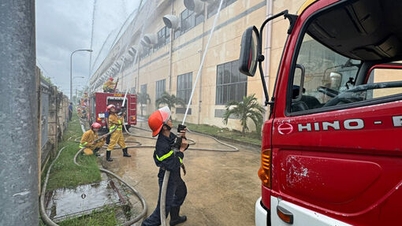
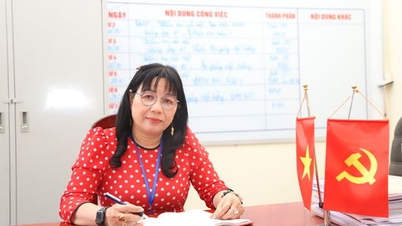

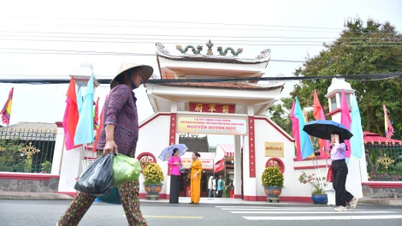

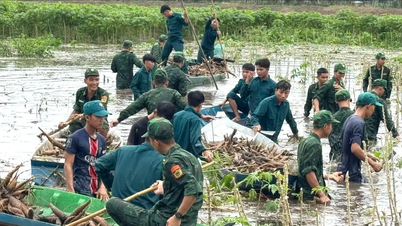



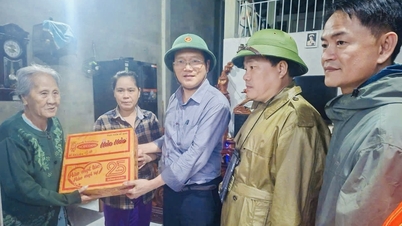

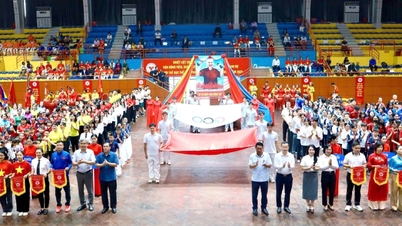










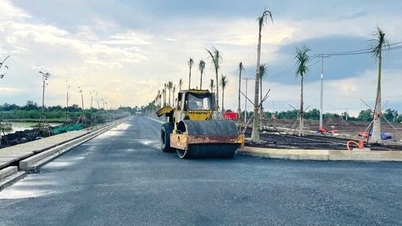



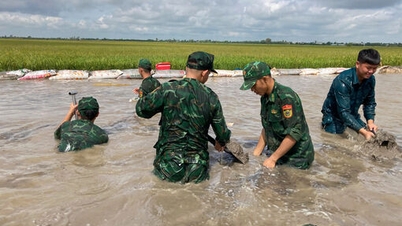
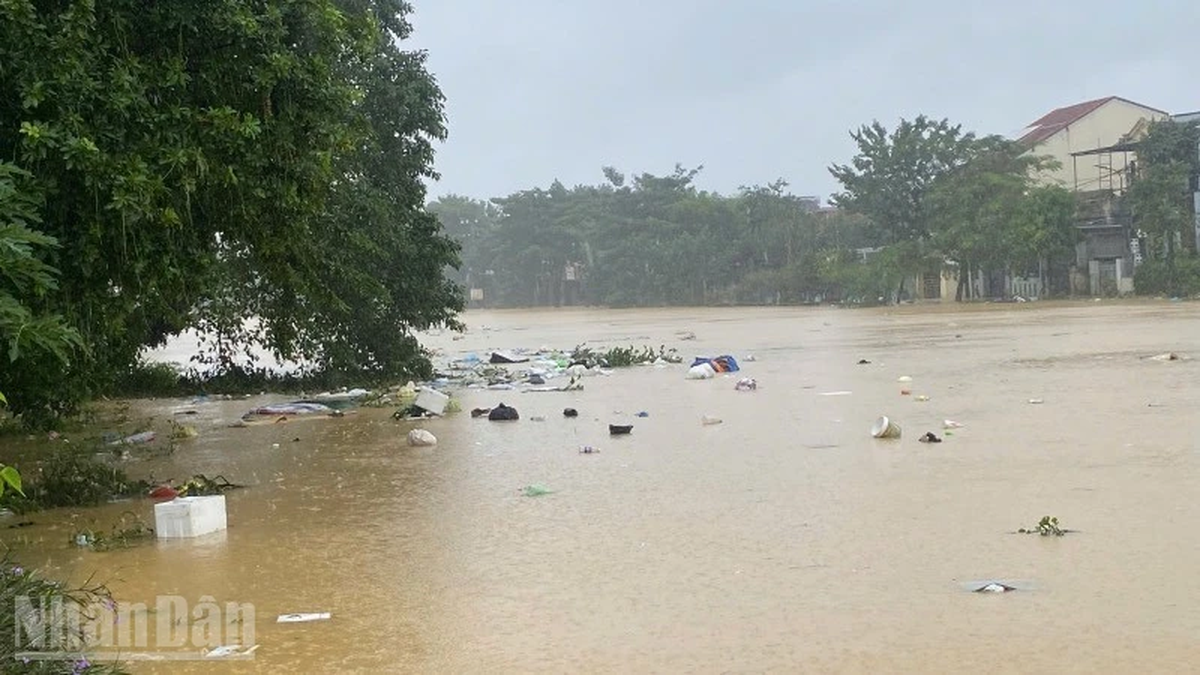













































![[Live] Concert Ha Long 2025: "Heritage Spirit - Brightening the Future"](https://vphoto.vietnam.vn/thumb/402x226/vietnam/resource/IMAGE/2025/10/29/1761743605124_g-anh-sang-am-thanh-hoanh-trang-cua-chuong-trinh-mang-den-trai-nghiem-dang-nho-cho-du-khach-22450328-17617424836781829598445-93-0-733-1024-crop-1761742492749383512980.jpeg)











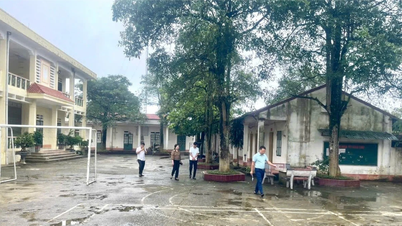












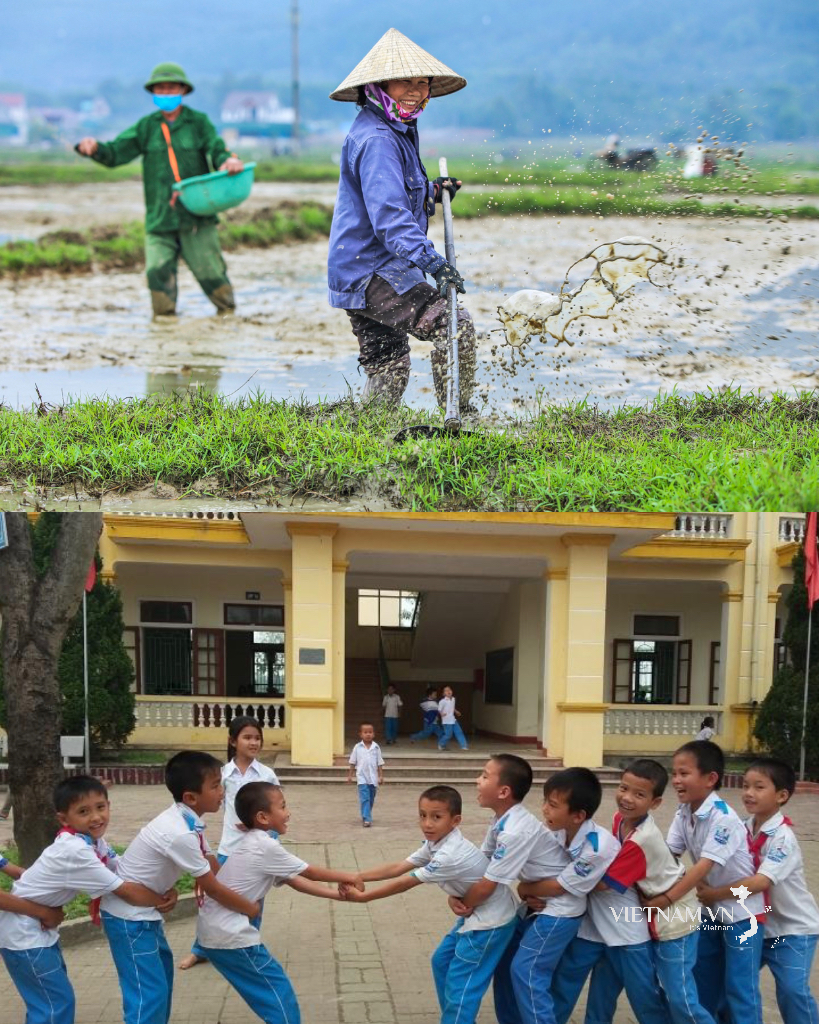

Comment (0)